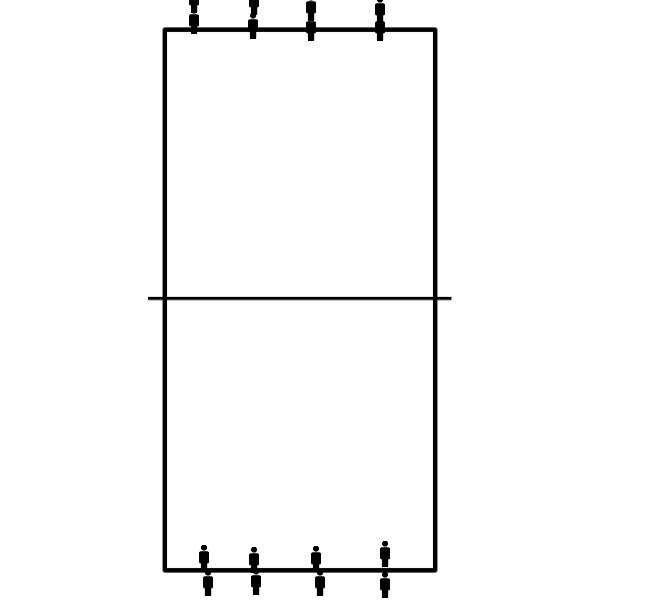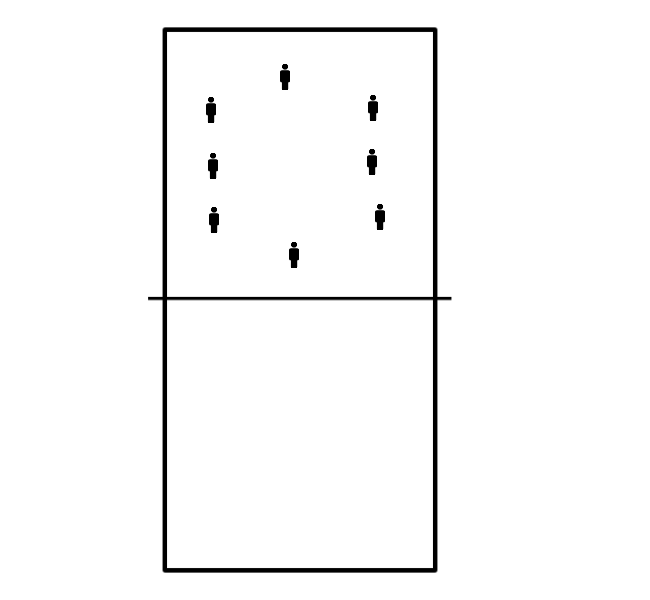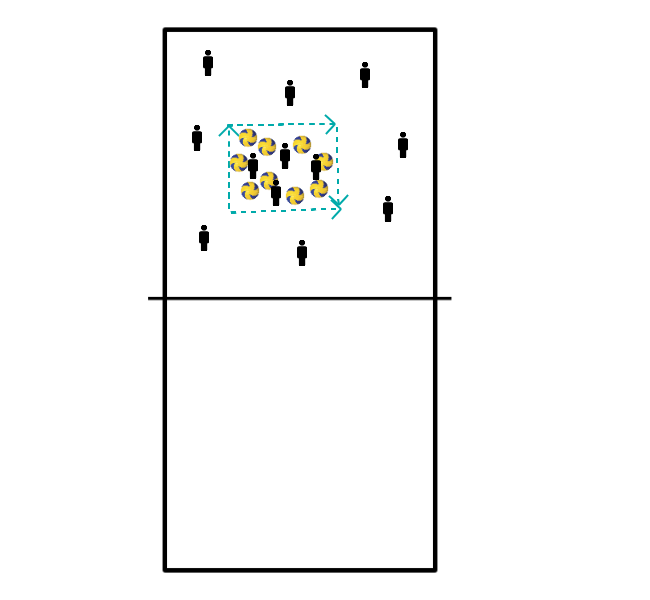Volleyball drills for technique general
- Two players one ball.
- Player 1 throws the ball long and then short.
- Player 2 plays back underhand.
- First long then short and runs back.
- Team one ball.
- Player 1 throws the ball long and then short.
- Player 2 plays back underhand, first long, then short and runs back.
- After five changes.
Line up: several rows in a row behind the back line.

- Sloth: sit with your back to the other side, legs extended. Pull with your hands to the other side.
- Seal: flat on belly --> pull forward with hands to get to the other side.
- Spiderman: on all fours, always moving the opposite hand and foot together: LH + RV & RH + LV
- Bearwalk: on your hands and feet to the other side
- Monkey walk: let your hands + arms hang down, almost to the ground (like a monkey) and so to the other side.
- Peacock: stepping, quietly, every time bringing leg/knees up until they form a right angle with the upper body.
- Kangaroo: same as peacock, but faster/more like skipping.
Variation:
- Instead of doing it as a relay/race, the players can also walk around and on a certain signal perform the movement that belongs to a certain animal.
- You can do the exercises on a whole field or on half a field.
Formation: circle/rectangle (on half a field)

- Dribble with right hand
- Dribble with left hand
- Alternate dribbling
- While dribbling, try to kneel down (knee by knee) --> sitting --> lying down
In pairs throwing the ball over in combination with body balance.
- Stand on 1 leg (solo exercise)
- Throwing with 2 hands
- Throwing with 1 hand
=> after each throw of the ball tap the ground (= bend forward + arms stretched = so tap the ground) + every 5 balls change legs per exercise
- Now throw the ball over with 2
- With 2 hands: pass from the neck via a bounce to the other
- With 1 hand: throw hard & tight.
- With other hand: throw hard & tight.
=> After action: each person has 2 jars + 1 tennis ball. When they have thrown the ball to the opponent, he/she moves the tennis ball from one pot to the other.
Per 2, each has a letter A or B. We walk through each other and on the signal A goes B tapping or vice versa, the trainer decides.
Walking Variations:
- Walk backwards
- Move sideways
- Cross pass
- Hopping
- Heels against seat
- Knees up
- ...
Tap variations:
- Crawling through the legs
- Hare over
- Walk around the person
- Tapping the heels
- Performing a clap game/routine
Setup: 2 to 4 people in the square (made by, for example, 4 benches) with the balls, the rest around them.

- The people in the square throw the balls out of the square.
- The people around the square fetch the balls and throw/put them back in the square.
- The 'side' which, at the stop signal, has the least balls, has won.
variation on Kings Court: winners move to winners field, losers move out and 3 new players move in.
- 3 players per half (whole field)
- trainer puts 1st ball in field of new team
- max 2 plays per half
- no smashing, no jumping, no lobs
- communication per team is a necessity
- The whole field must be defended (is feasible).
- balls coming from the other side are not hard but placed.
PART A: N3/4: 10 minutes.
- Passes: Row bit at the back of the field. Everyone has a ball, trainer at the net.
- Player throws the ball to the trainer.
- Trainer throws the ball back to the player. WITH A CURVE!
- Player passes the ball to the trainer.
- Trainer throws the ball over the net to the other side.
- Player retrieves the ball and joins the back of the line.
Attention! Meanwhile pay attention to:
- Foot position; one foot in front, not too far apart.
- Play with your legs, not with your arms.
- The ball may not cross the net, so arm position; do not make an angle that is too big.
PART A: N5: 10 minutes.
- Pass exercise.
PART B: N3/4/5: 10 minutes.
- Serve on own level.
- You play a normal game, but you add something extra.
- Each team gets one mission to accomplish, if successful the team gets five or three extra points.
- Next, the team picks a new mission.
- Examples for CMV-teams are playing 3x overhead, making a point in the corner of the court, etc.
- Examples for youth teams and senior teams are 3x playing with one arm, scoring via the block, etc.
- Speed ladder is from the back line towards the net, in the middle of the field.
- Players move every round with a different movement pattern for the footwork through the speed ladder towards the net, then a block at position 3, move to position 2 or 4 (alternate) and a block again there.
- Then immediately step out to the defensive position on the 3-m line (with the cross move, immediately adopt a low stance and weight on the front feet).
- After the defensive position there are two options: either shuffle backwards towards the baseline or make a dive/roll towards the baseline. Optionally, an attack pass can be made towards the net first (with movement to the starting position for the attack pass).
- Depending on the team and their fitness level, increase the number of rounds the players have to make.
- The coach places a ball on the halfway line.
- On both sides of the net stands a team behind the backline.
- The players must try, by throwing/rolling balls against the ball on the half way line, to get the ball over the back line of the other team.
- The defending players can only stop the ball by throwing/rolling against it.







